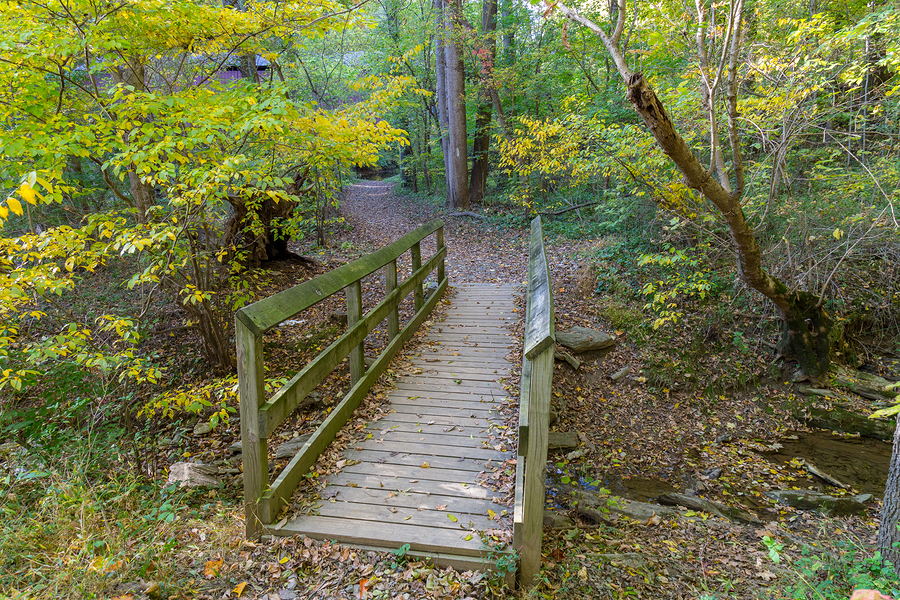 Today’s guest post is written by Virginia Wise, one of Tamela’s clients. Welcome, Virginia! She is the author of the Amish New World series, in which colonial settlers discover love—and God’s promises—in the Pennsylvania wilderness (Kensington Publishing). Her latest books include An Amish Second Christmas, Where the Heart Takes You, and When Love Finds You. Connect with Virginia on Facebook at www.facebook.com/VirginiaWiseBooks or visit her website (virginiawisebooks.com).
Today’s guest post is written by Virginia Wise, one of Tamela’s clients. Welcome, Virginia! She is the author of the Amish New World series, in which colonial settlers discover love—and God’s promises—in the Pennsylvania wilderness (Kensington Publishing). Her latest books include An Amish Second Christmas, Where the Heart Takes You, and When Love Finds You. Connect with Virginia on Facebook at www.facebook.com/VirginiaWiseBooks or visit her website (virginiawisebooks.com).
__________
What do you look forward to most when you curl up with a good book? For many people the answer is escape. One reason we love fiction is because it gives us an escape from the reality of our daily lives. Who doesn’t want to drift into a world where dreams really do come true?
Escaping into a different world is most often associated with fantasy. Worldbuilding has become a huge aspect of that genre; and readers have come to expect an entire “universe” that an author painstakingly builds, using everything from detailed maps to fictional history and mythology.
But worldbuilding isn’t only for fantasy.
If fact, I’ve found that many aspects of worldbuilding are just as important in Christian and inspirational fiction as they are in fantasy.
Now, I’m not suggesting we should start creating elaborate, fantastical backstories for all our fiction. But we should ground all our stories in a world that feels as substantial and relatable as the real world.
When readers escape into a Christian or inspirational story, they want to immerse themselves in a safe place, a place where they are free to believe that good will overcome and love conquers all. How do we make this escape feel as real to the reader as possible?
When I write my Amish New World series, I try to put myself in the mindset of my target readers and imagine what kind of escape they crave. I believe they want to feel transported to a cozy, historical setting where characters face challenges on the 18th-century frontier—but only within the security of a loving community and a guaranteed happy ending.
So how do I build this world for my readers? What do they want to feel as they travel the pages? What do they want to smell, see, and hear?
Often, the answer lies in the details. Small things add up to build a realistic world that readers want to inhabit. In my Amish New World series, these details communicate all is well with the world—even in the midst of a trial. For example, I know a good cup of hot tea on a cold winter morning makes me feel warm and cozy. So to help my readers feel warm and cozy—and associate that coziness with my fictional world—I might have a character sip a hot drink while snuggled beneath a homemade quilt in a rustic, wood-smoke-filled cabin. You get the idea.
To create a believable world, the sights, sounds, and smells need to hit home. This can be tricky when writing about something unfamiliar to readers, whether it’s an imaginary outpost on Mars or a frontier settlement grounded in history.
A lot of historical details go into my fiction. But without incorporating details that modern readers can relate to, many of those historical details would fall flat; and the reader would not feel transported to a real place. For instance, when one of my characters in Where the Heart Takes You learns to use the community bake-oven, she burns the bread. Who can’t relate to burning dinner?
I could have left out the bread baking entirely. It isn’t essential to the plot. But the incident helps establish how the settlement operates and how the characters adjust to life in the wilderness. It also draws on the positive association readers have with the smell of baking bread.
In short, details around something as insignificant as baking bread help build the world—and, in turn, the feelings I want readers to associate with that world. My goal is for those readers to feel such a fond association with my fictional world that they long to return to it again and again.



 Another Writer’s Hymn
Another Writer’s Hymn

Thank you. It was a pleasure reading your post.
I have a life of measured grace
and live my dying well,
but facing what I daily face,
some folk might call it hell.
I read for courage for the fight
and for wisdom, ere the end,
that death can’t gainsay heart’s delight
for there’s no escape, my friend.
My reading-world must be a place
in which the worst of wild things roam,
where dread and tears bring no disgrace,
and where a Spartan feels at home.
But still, there are good people here,
some come on in, and have a beer.
Welcome, Virginia. Thanks for the helpful post.
We live among the horse-and-buggy Mennonite people (though we are not of their persuasion) and find that some authors who write about Amish culture are way off. In the words of one of our Amish-like neighbors, “Those books aren’t true to life.” So kudos to you for catching the spirit of a true settler. Yes, they still feel frustrations like the rest of us. They have the beautiful and the ugly side of their culture, just as we do. It sounds as though you are capturing Amish life correctly.
Enjoyed the blog trying to remember to include sights smells touch and hearing into my stories. I belong to Jerry Jenkins guild and am learning so much. Thank you for the reminder that building a story is using all the senses
How very true and valuable to build a world readers can see and feel!
I just wanted to comment with a smile, though, that with a total of 251,000 total Amish in the US and Canada, soon there will be more Amish romances than there are Amish people!
Why? Readers love Amish Romances because they can depend on the characters and situations being CLEAN: no graphic sex, swearing or violence, with characters who care about God. Just like your readers of any Christian persuasion.
In ways of morality, that’s why readers also love Regency and Western historical romances (I’m talking ROMANCES, not bodice-rippers.) People believed in morals in former days, even if they didn’t always practice them. Pre-1920speople knew what was right and wrong, and believed in God. Readers today crave that cultural setting in the midst of today’s rampant immorality, worship of violence, and casual obscenities!
I love this post. It’s important to remember all the different aspects of world building, and the affects that senses can have on the reader’s mind. I had so much fun drawing a map of Oregon, complete with fictional and non-fictional towns, the locations of the scenes, and notes on how long it would have taken them to drive from one place to the next.
It was even more enjoyable, however, to describe the feel of the cool mist from a waterfall on a character’s face, the image of low-lying clouds over the pines,and the smell of coffee from the local diner.
Because as important as it is to keep your reader in a realistic world where they couldn’t have driven across the entire state of Oregon in an hour, it’s especially meaningful when we transport the reader using all the senses. In this way, we will truly create a place of escape for our readers.
Virginia, thank you so much for sharing. I have been writing two books based in Annapolis, Maryland, and try to engage folks with the sights and sounds of Maryland’s capital city. From the red brick streets and sidewalks, the marble curbs, and the Ego Alley yachts, I hope I can bring the scenes alive like you do for your Amish friends. Many thanks!
Ah, great post. World-building in any novel or time period is so essential. I love the buildings, the streets, the rivers. Within the world the actors connect one way or another… someone from the city freaks out at fishing while the other may seek refuge from the horrors of war.
Adding in all senses can make or break a scene. The taste of a great pizza; cold biting wind; the description of a stuffed strawberry with goodies, the beauty of tables (or the dullness). And the gardens or fake ones, memories of kayaking a crazy river, and etc.
These things add the flavor and reality to an otherwise stick town, like stick characters who are too stupid to live… (got that once on a minor character in a critique… so I had to change just about everything).
thank you, great post
I enjoyed your post. Word building is a wonderful way to keep readers hooked. I am going to try add word building into my WIP.